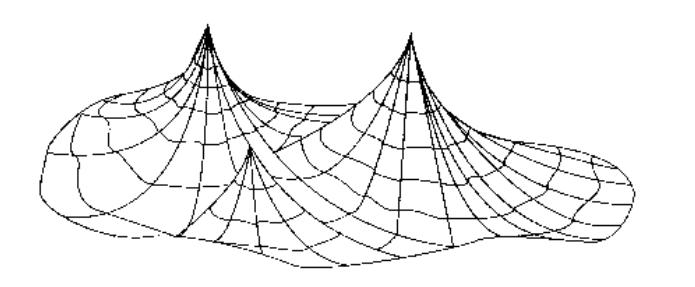In another of our examinations of “Lessons from the past”, I delved into Social Network analysis as it was (is) done by anthropologists studying groups of people in real life, not online. One of the first things that hits you is how poorly online Social Networks describe the links and social interactions between people, and how low the information content is (this is epitomised by Facebook using the term “Friend” for every link, from lover to person you can’t stand but its social realpolitik to let them link anyway).
For example, old school Social Network analysis looked at a wide variety of relationships between actors ( a much better term than “friends”, and it also has the implication that not you see all is real):
Transactions – exchanging control over assets or symbols, financial being just one type
Communications – what is being communicated, is it always one way, is it two way?
Boundary relations – areas of overlapping social groups
Instrumental – Efforts to secure information, services etc
Sentiment – expressing an attitude toward each other or an other
Authority/Power – commands, assertion of rights and obligations
Kinship/Descent – genetic & familial “undernetworks” underlying the visible social network (in fact understanding the “undernetworks” is the key to a ore useful analysis)
This level of detail, and the amount of analysis required, are time consuming and require a lot of data and processing, which is why in “Real Life” anthropology/ sociology they only ever study small groups, and why in most social media analysis of large online networks they are usually ignored as they would complicate things too much.
However, in our view, this is the level of analysis of a social network that is necessary to understand what is really happening. Considering everyone as “friends” or “followers” is too simplistic, it works at the pop-psychology level in terms of understanding and predictive analysis but needs to be taken to a deeper level if useful predictions and practices can be implemented in a social business setting.







